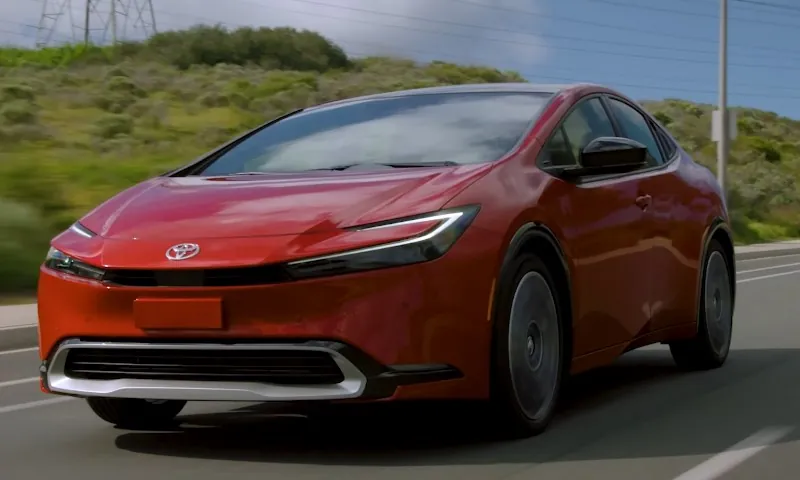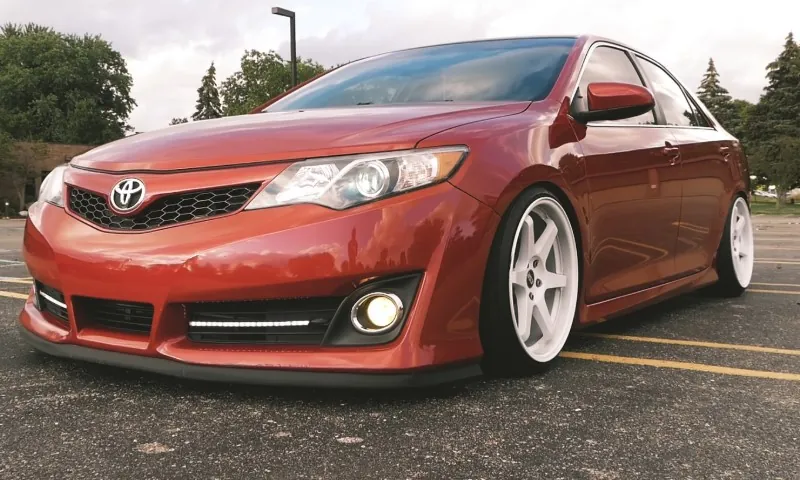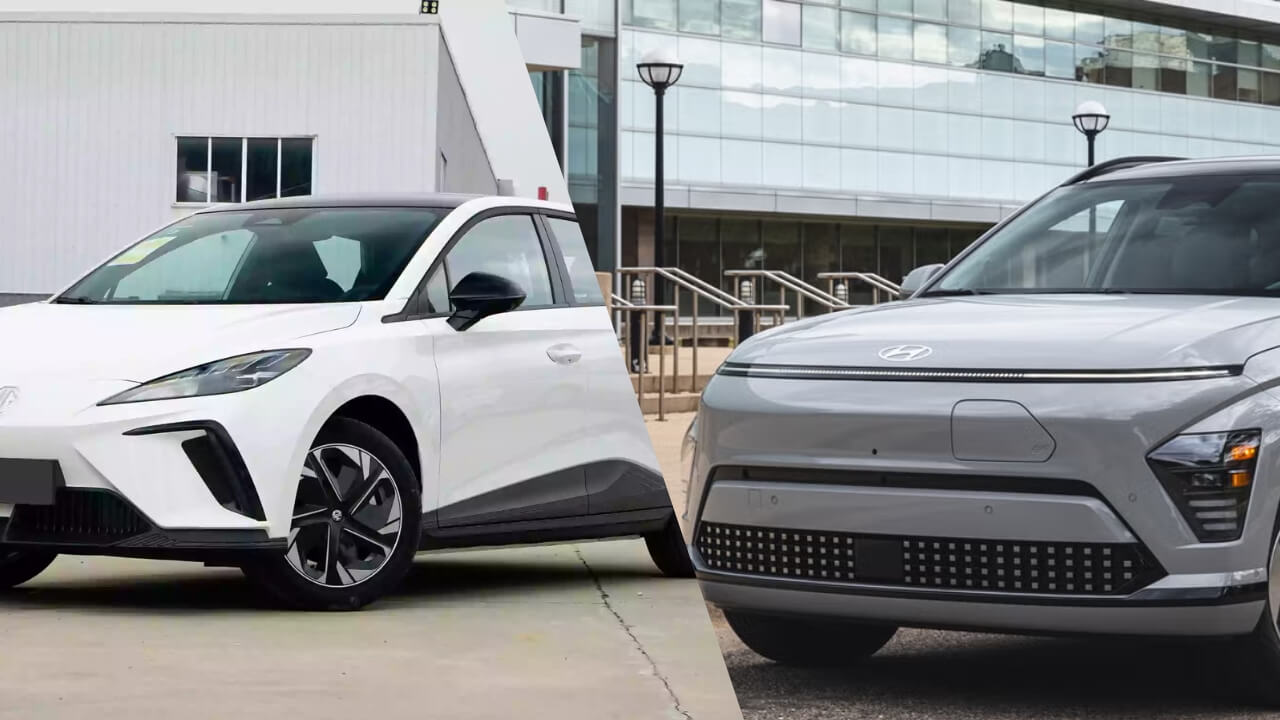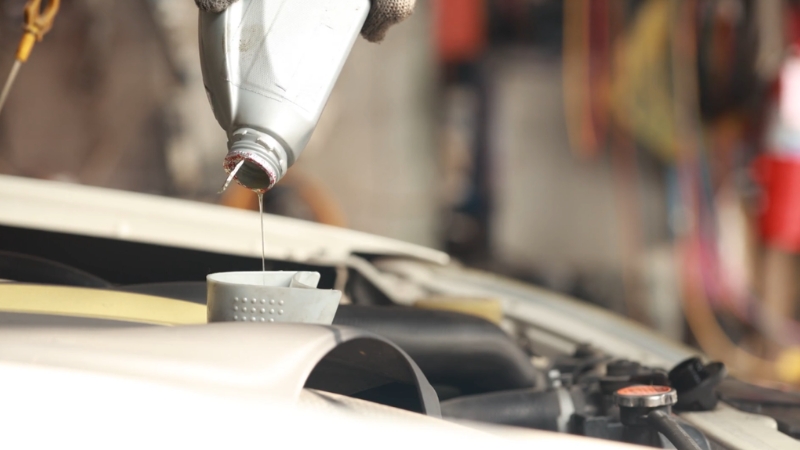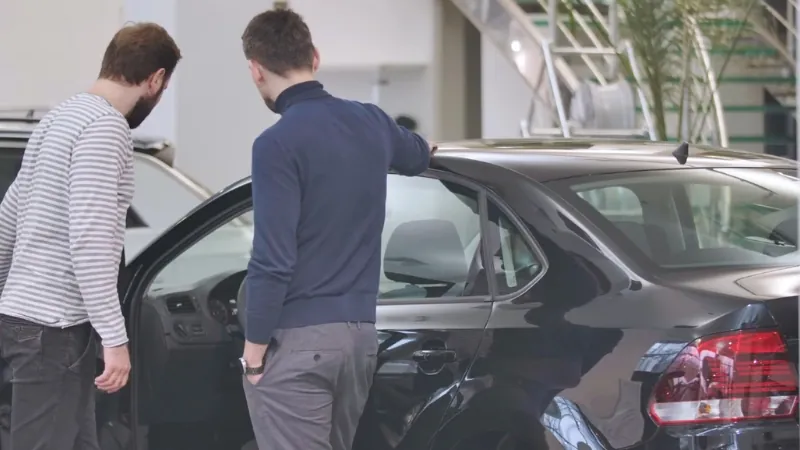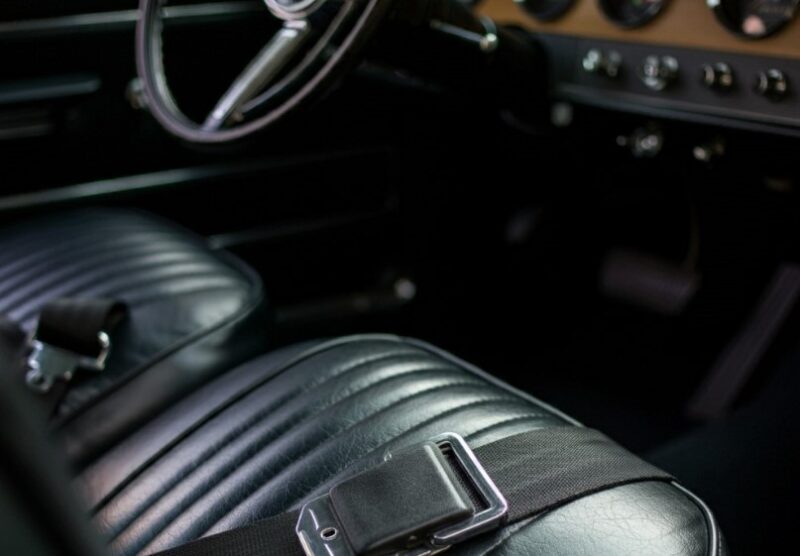
Share Post:
The 1960s marked a critical turning point in the history of car safety. You might not think twice about buckling up before driving today, but things were quite different back then.
Seat belts weren’t always a given, and in fact, many people resisted using them for various reasons. The fact is, cars did have seat belts back in the 60s, but they existed more in the form of “a fancy upgrade.” That was the case, at least during the first half of the decade, then, an important shift happened.
Let’s take a trip back to explore how seat belts went from being optional accessories to becoming essential components in cars.
Table of Contents
ToggleEarly Seat Belt Adoption
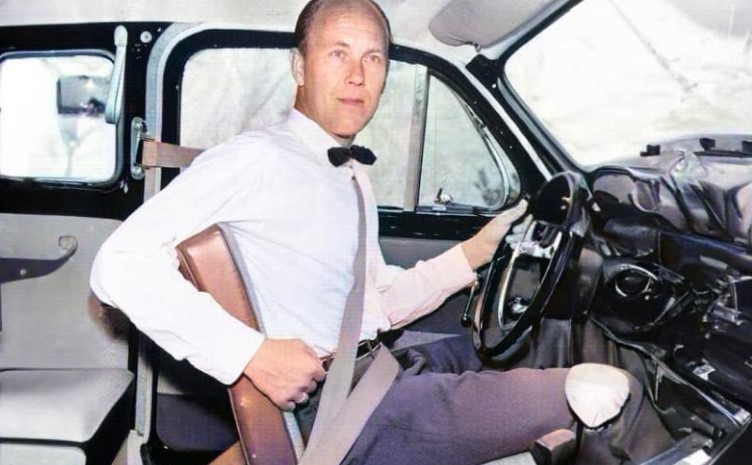
Though seat belts existed as early as the early 1900s, most drivers had little exposure to them until much later. By the late 1940s and 1950s, companies like Nash Motors were starting to offer lap belts in their cars.
But these were far from standard and were only installed in the front seats. Even then, seat belts were considered an optional add-on, and very few drivers opted to use them.
If you hopped into a car back then, you’d likely find yourself in a vehicle with no belts, especially in the backseat. Installing them after purchase was always a possibility, but that was entirely up to the buyer.
The idea of wearing a seat belt just hadn’t caught on yet. Many people didn’t feel it was necessary, which seems strange today, but that was the mindset at the time.
The Shift in the Mid-1960s
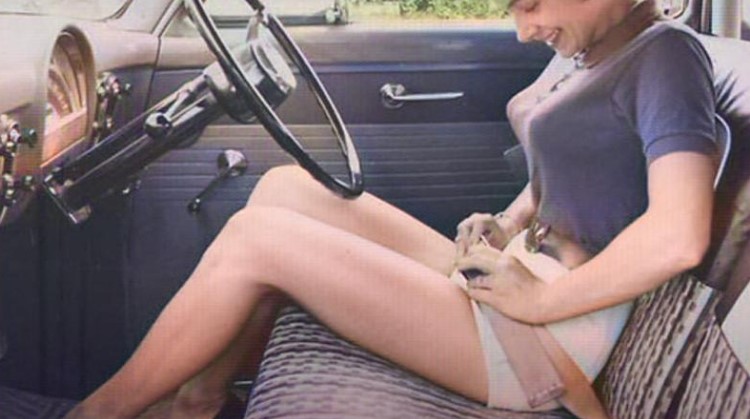
Things started to change midway through the 1960s. Major car companies like Ford and General Motors began offering seat belts as more than just a fancy upgrade. Instead, they became a feature that was expected, at least in the front seats.
This shift was due in large part to growing awareness around vehicle safety, especially in the U.S. In 1966, a major milestone arrived. The National Traffic and Motor Vehicle Safety Act was passed, and it required manufacturers to install seat belts in all cars, starting with the 1968 model year.
You can imagine the significance of this moment—this was when seat belts began to be considered standard equipment, setting the stage for how we think about car safety today.
Even with this new law, using seat belts wasn’t mandatory yet, which is something that didn’t happen until much later. The law simply made sure that every new car was equipped with them, giving people the tools to be safer, but leaving it up to them to decide if they wanted to buckle up.
What Kind of Seat Belts Were There?
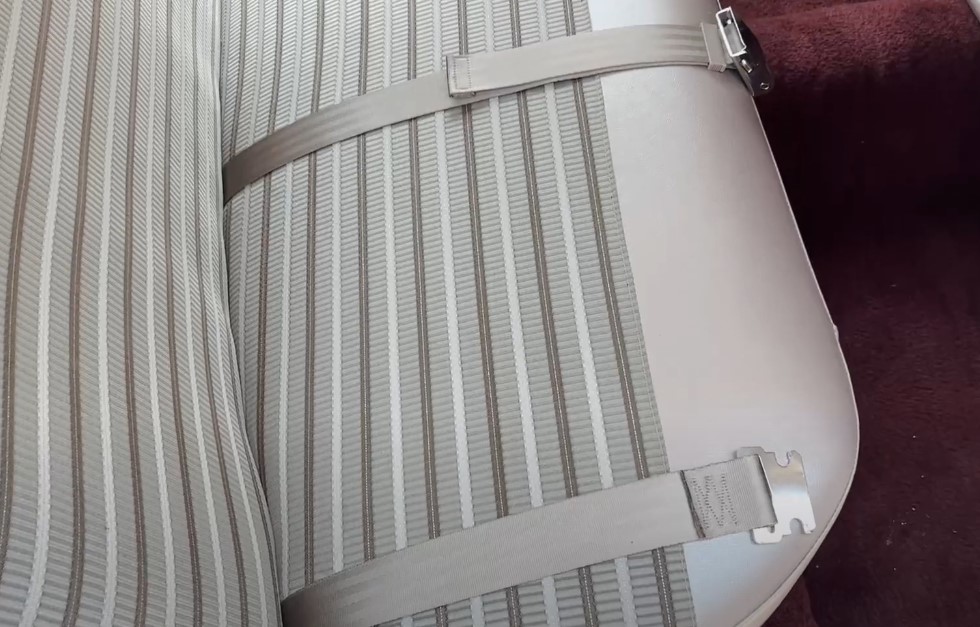
During the 1960s, the most common type of seat belt you’d find in cars was the lap belt. This belt went across the waist and did offer some protection, but it didn’t do much for the upper body.
While better than nothing, lap belts had their limitations. If a crash occurred, the force of impact wasn’t evenly distributed, often leading to injuries in other parts of the body. Then came a game changer: Volvo.
In 1959, the Swedish carmaker introduced the three-point seat belt, which secured both the upper and lower parts of the body.
This design was a significant leap forward because it greatly improved how forces were distributed during an accident, making the ride much safer for passengers.
Volvo’s invention didn’t take hold globally right away, though. In many U.S. cars throughout the 1960s, the lap belt was still the standard, with the three-point system becoming more common later, especially in Europe.
By the time the 1970s rolled around, more car manufacturers, even in the U.S., began including three-point seat belts in their vehicles, including famous models such as Lincoln Continental. But during the 1960s, lap belts were what most people were working with.
Why Were People Hesitant to Wear Seat Belts?
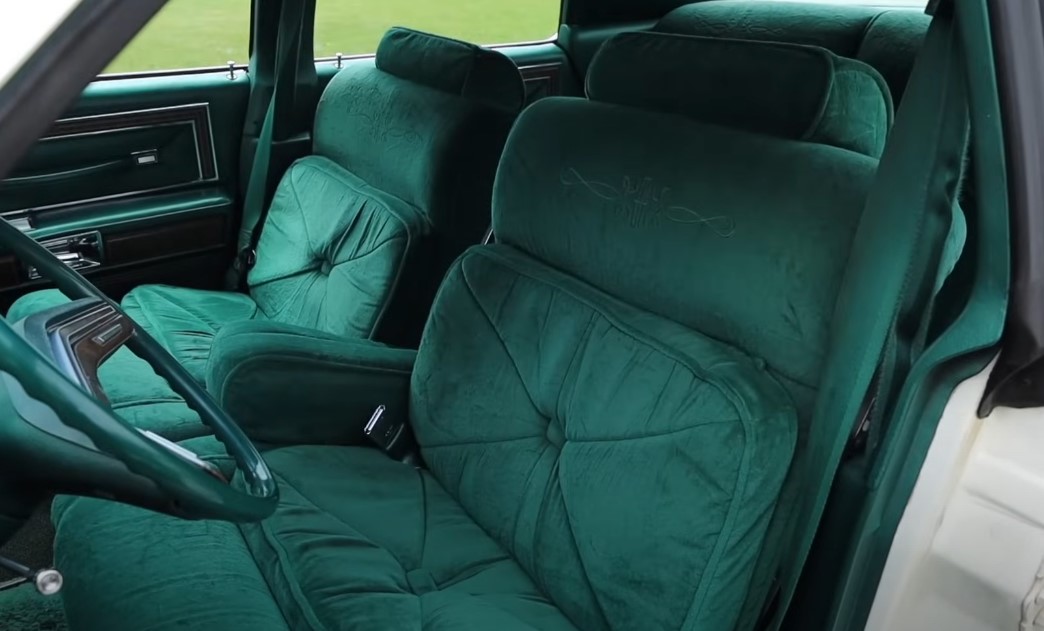
Despite the increasing availability of seat belts, there was a surprising amount of resistance to actually using them.
In the early 1960s, many drivers still believed it was safer to be thrown from a car during a crash rather than be “trapped” by a seat belt. This misconception persisted, even though studies showed seat belts significantly reduced fatalities.
Many people felt seat belts were restrictive or uncomfortable. They complained that belts made them feel trapped in the car, and some even believed that they could be dangerous in specific situations.
For example, there was a fear that seat belts would make it harder to escape from a car if it were submerged in water or caught on fire.
Even though seat belts were increasingly available in cars during the 1960s, passengers in taxis were especially resistant. Many didn’t want to be “tied down” during a short ride, leading to a lower adoption rate in these vehicles.
These fears, of course, were mostly unfounded. But back then, convincing the public of the safety benefits of seat belts was an uphill battle. It took years of public safety campaigns, led by groups like the National Safety Council, to start shifting public perception.
These campaigns aimed to educate people on how seat belts could save lives and prevent severe injuries. Slowly but surely, more folks began to see the importance of buckling up, though widespread adoption still lagged.
Safety Campaigns and the Role of Doctors
Safety campaigns were critical in pushing the benefits of seat belts. Advertisements and public service announcements hammered home the message that seat belts saved lives. Physicians and medical professionals also played a big role in advocating for their use.
They had seen firsthand the kinds of injuries that happened to people who weren’t buckled in during accidents. Doctors began speaking up, stressing how many lives could be saved if people just took a few seconds to strap themselves in.
The medical community knew that being ejected from a car in a crash significantly increased the risk of fatal injuries. Still, despite their efforts, many people remained stubborn. It would take a lot more convincing for seat belts to become a habit.
Legal Milestones
One of the most significant moments in the history of seat belts came in 1968. That was the year when the United States passed a federal law requiring that all new cars be equipped with seat belts, not just in the front seats but also in the back.
This was a big deal. For the first time, car manufacturers couldn’t simply offer seat belts as an option—they were required to put them in every new vehicle. To enforce these standards, the National Highway Traffic Safety Administration (NHTSA) was established in 1966.
The NHTSA became a major player in the ongoing effort to make cars safer, and seat belts were at the top of their priority list. Interestingly, other countries were making even bolder moves around this time.
Victoria, Australia, became the first place in the world to make both the installation and the use of seat belts mandatory in 1970.
This decision showed how effective legislation could be in promoting safety. It served as a model for other regions, setting the stage for stricter laws around seat belt use in the years to come.
The Legacy of 1960s Seat Belt Innovations
Looking back, it’s clear that the developments of the 1960s paved the way for the widespread use of seat belts that we see today. The introduction of mandatory seat belt installation laws was just the beginning.
It would take a few more decades before using seat belts became common practice, especially in the U.S., but the foundation was laid in the 1960s. The three-point seat belt, which started with Volvo, remains a crucial part of modern car safety systems.
Over time, more research came out supporting the life-saving benefits of seat belts, further cementing their place as a cornerstone of automotive safety.
Why It All Matters
It’s hard to imagine getting into a car today without buckling up. That simple click of the seat belt is a reflex for most of us. But that wasn’t always the case, and it took years of innovation, education, and legislation to make it happen.
The 1960s were a pivotal decade in the history of seat belts, showing that sometimes, it takes a while for a good idea to catch on. Yet, once it does, it can have a lasting impact on generations to come.
Seat belts have saved countless lives, and the efforts of the 1960s played an undeniable role in making that happen. Next time you get in the car and buckle up, remember that it wasn’t always so straightforward. Those belts are there because of decades of hard work, persistence, and a commitment to safety.
Related Posts:



